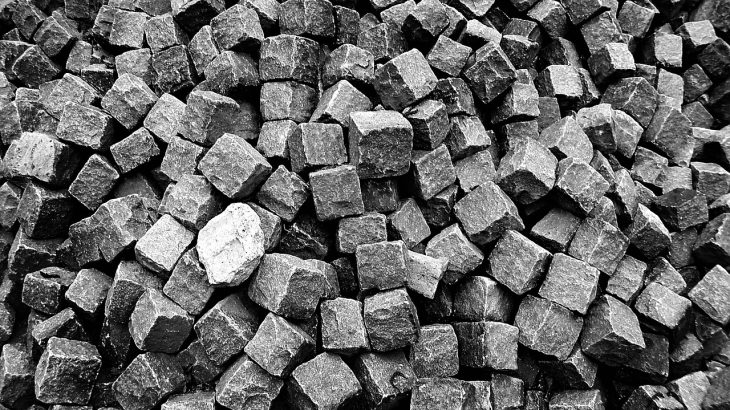In an era where environmental concerns are at the forefront of global discussions, the construction industry is stepping up to the challenge by embracing innovative eco-friendly materials that not only reduce its carbon footprint but also enhance the sustainability and longevity of built structures. Traditional construction methods and materials have often been associated with high energy consumption, waste generation, and environmental degradation. However, the emergence of new technologies and materials is changing the landscape of construction, ushering in a new era of green building practices. In this article, we’ll delve into the top 5 eco-friendly materials that are revolutionizing the construction industry.
Cross-Laminated Timber (CLT):
Cross-laminated timber, or CLT, is a sustainable alternative to traditional concrete and steel construction. It is made by layering multiple panels of wood at right angles and then gluing and pressing them together. CLT not only sequesters carbon dioxide but also requires significantly less energy to produce compared to concrete and steel. It’s lightweight, strong, and offers excellent thermal insulation properties, reducing the energy needed for heating and cooling. Additionally, the use of CLT promotes the growth of the timber industry, which contributes to the expansion of forests that capture even more CO2 from the atmosphere.
Recycled Steel:
Using recycled steel instead of virgin steel in construction significantly reduces the energy and resources required for production. Recycled steel not only reduces landfill waste but also conserves valuable natural resources. It maintains the same durability and strength as new steel while minimizing the environmental impact associated with mining and refining raw materials. Structures built with recycled steel are not only eco-friendly but also demonstrate a commitment to responsible sourcing and sustainability.
Recycled Concrete:
Recycled concrete, often referred to as “green concrete,” involves reusing crushed concrete from demolished structures as an aggregate in new concrete mixes. This practice reduces the need for extracting and processing virgin aggregates, thereby lowering the environmental impact of construction projects. Moreover, it diverts construction waste from landfills and decreases the demand for new raw materials. The use of recycled concrete contributes to circular economy principles and extends the lifecycle of building materials.
Bamboo:
Bamboo is a rapidly renewable resource that is gaining popularity as a sustainable construction material. It grows quickly and requires minimal resources for cultivation. It can be used in various applications, from structural elements to finishes. Bamboo’s tensile strength is comparable to that of steel, making it a viable alternative for reinforcing concrete and other building materials. Its use in construction not only reduces the reliance on traditional timber but also supports local economies in regions where bamboo grows abundantly.
Insulated Concrete Forms (ICFs):
ICFs are hollow blocks or panels made of materials like expanded polystyrene foam that are filled with concrete to create a highly insulated and energy-efficient building envelope. ICFs reduce the need for separate insulation materials, as they provide both structural support and thermal insulation. This technology not only minimizes energy consumption for heating and cooling but also enhances the durability and disaster resistance of buildings. Additionally, the insulating properties of ICFs contribute to reduced greenhouse gas emissions over the building’s lifecycle.
In conclusion, the construction industry is undergoing a transformation driven by the increasing demand for sustainable and eco-friendly practices. The adoption of these top 5 eco-friendly materials showcases the industry’s commitment to reducing its environmental impact while still delivering durable and aesthetically pleasing structures. As technology and innovation continue to evolve, we can anticipate even more revolutionary materials that will further redefine the way we build, ensuring a greener and more sustainable future for generations to come.
Share your thoughts with us in the comments below!



















